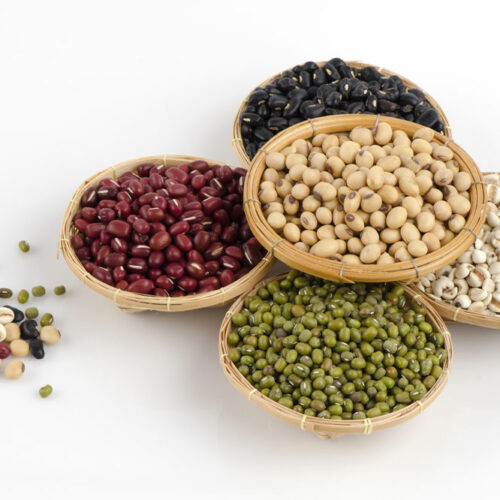4 vitamins to maintain eye health

The eyes are complex organs; they require vitamins, minerals, and nutrients to function properly. Deficiencies in any of these elements can lead to an increased risk of developing eye diseases and conditions. These include glaucoma, macular degeneration, and even night blindness, which can compromise vision and degrade eye health. Here, we discuss four vitamins that are important to eye health and the foods that are rich sources of these vitamins. Vitamin A Vitamin A is essential to eye health. It helps in maintaining the cornea, ensuring a person has clear vision. The cornea is the layer that covers the iris and pupil. Individuals with vitamin A deficiency may experience dry eyes, which are caused due to a lack of moisture. Certain studies also indicate that low levels of vitamin A can lead to night blindness. Vitamin A is also a component of an essential protein known as rhodopsin. This protein is what allows us to see in low or poor light conditions. Beta carotene is the primary source of vitamin A. It is found in various colorful fruits and vegetables, such as sweet potato, squash, red peppers, and carrots. Vitamin C It is another important element when it comes to eye health.






